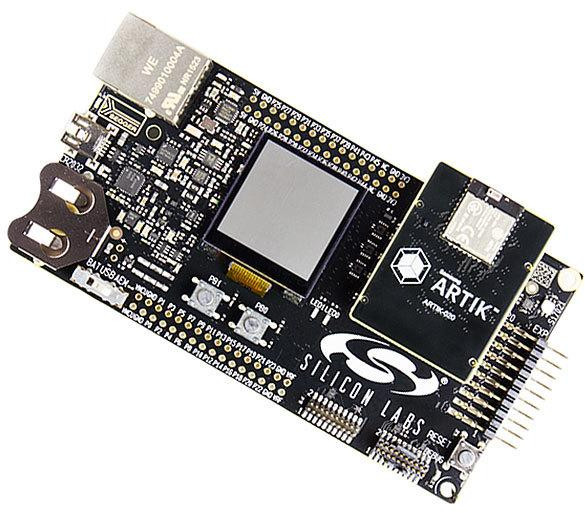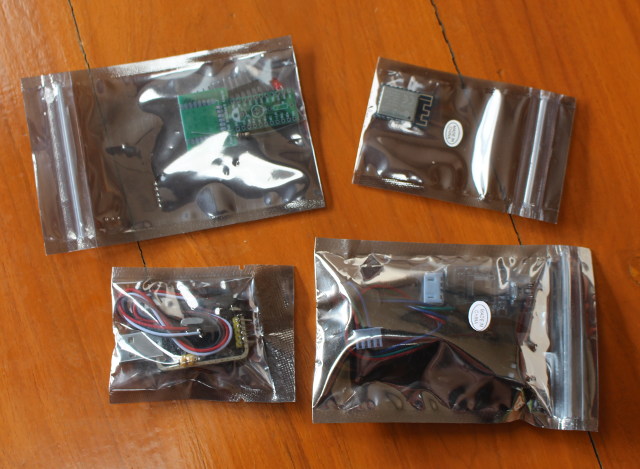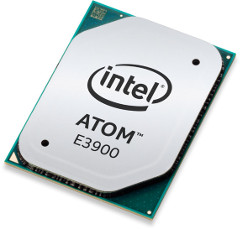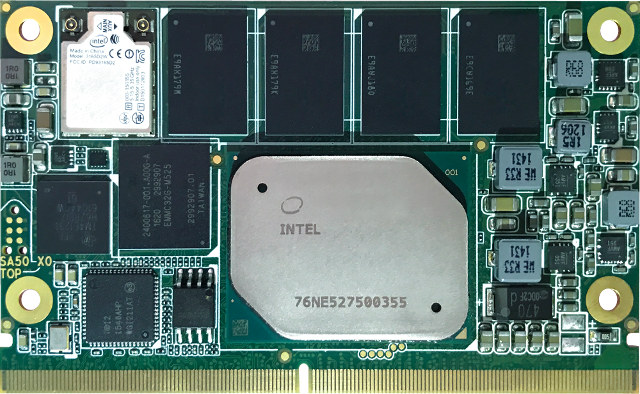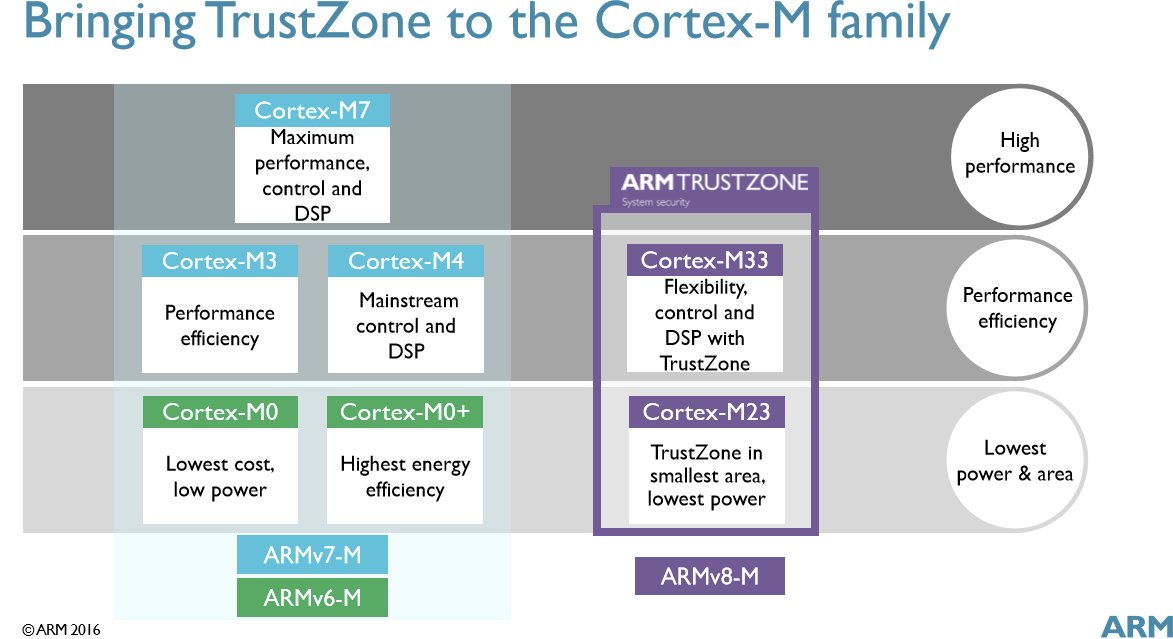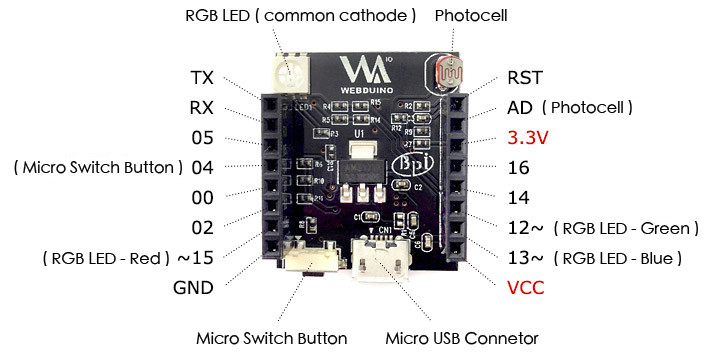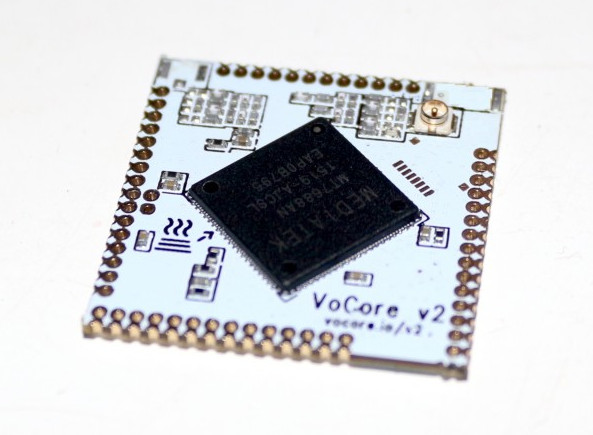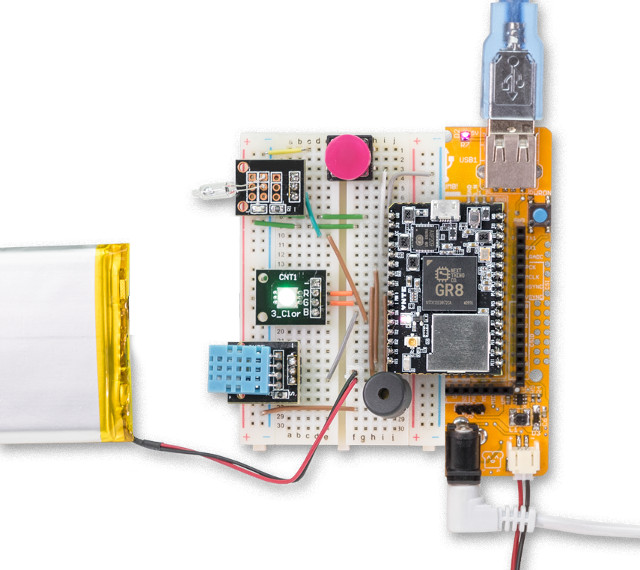Samsung unveiled ARTIK 1, 3 and 5 boards for the Internet of Things in 2015, and started to sell them, together with development with WiFi, BLE and Zigbee connectivity earlier this year. The Korean company has now announced two new family with ARTIK 0 modules powered by an ARM Cortex-M MCU and destined to be used in HVAC, lighting, industrial sensors, personal health monitoring and more, as well as ARTIK 7 family powered by an Octa-core Cortex A53 processor, and targeting IoT gateways. ARTIK 0 Family ARTIK 0 family is now comprised for ARTIK 020 with Bluetooth, and ARTIK 030 for applications requiring Thread and/or Zigbee. Beside the different radios, both modules share the same key features: MCU – ARM Cortex-M4 up to 40 MHz with Floating Point Unit, 256KB flash, 32 KB SRAM, advanced hardware cryptographic engine with support for AES-128/-256, ECC, SHA-1, SHA-256, and a Random Number Generator […]
Pine64 PADI IoT Stamp WiFi IoT Kit Review – Part 1: Hardware, Debuggers, and Soldering
Back in September, Pine64 unveiled their $2 PADI IoT Stamp based on Realtek RTL8710 ARM Cortex M3 WiFi SoC aiming to compete with Expressif ESP8266 solutions. The company has now sent me their complete kit for review, which beside the module itself includes a breakout board kit, and some hardware debug tools. In the first part of the review, I’ll check out the hardware, and solder the kit. I received a package with four antistatic bags. From top left to bottom right, we have PADI IoT Stamp, JLINK-OB debugger based on an STM32 MCU with some jumper wires (aka Dupont cables) for SWD signals, and a USB cable to your computer in order to flash the firmware or do some bare metal programming, a breakout board kit including two headers, a RED LED, and a resistor, and finally a USB to Serial board based on CH340G with 4 jumper wires […]
Intel Introduces 3 Atom E3900 Apollo Lake Processors for IoT, Industrials and Automotive Applications: x5-E3930, x5-E3940, x7-E3950
Intel previously introduced Celeron and Pentium Apollo Lake processors for laptops and mini PCs, and it seemed Atom was gone for good from that processor family, but the vendor has now introduced Atom E3900 “Apollo Lake” processor family for IoT, industrial and automotive applications with three models: x5-E3930, x5-E3940, and x7-E3950. All three new processors will support up to 8 GB of LPDDR4/DDR3L memory, come in a FCBGA1296 package, be manufactured using 14 nm process, support 4K UHD video output up to 60 Hz on three independent displays, up to 15 simultaneous 1080p30 video stream, as well as 13MP cameras for photos and 1080p60 video capture. Peripherals interfaces include SATA 3.0, PCIe lane, HDMI, DisplayPort, embedded DisplayPort, USB 3.0 & 2.0 ports and more. The new processors also integrate Intel Time Coordinated Computing (TCC) Technology that “coordinates and synchronizes peripherals and networks of connected devices, achieving improved determinism. It can […]
Congatec Unveils conga-SA5 SMARC 2.0 Modules based on Intel “Apollo Lake” Atom x5/x7, Celeron and Pentium Processors
congatec, a company specialized in embedded computer modules, single board computers and embedded design and manufacturing services, has just introduced their conga-SA5 system-on-module family compliant with SMARC 2.0 specifications, and powered by the latest Intel Apollo Lake processors. conga-SA5 SoM’s specifications: SoC (one of the list) Intel Atom x7-E3950 quad core processor @ 1.6 / 2.0 GHz with 2MB L2 cache, 18 EU Intel Gen 9 HD Graphics (12W TDP) Intel Atom x5-E3940 quad core processor @ 1.6 / 1.8 GHz with 2MB L2 cache, 12 EU Intel Gen 9 HD Graphics (9W TDP) Intel Atom x5-E3930 dual core processor @ 1.3 / 1.8 GHz with 2MB L2 cache 1MB, 12 EU Intel Gen 9 HD Graphics (6.5W TDP) Intel Celeron N3350 dual core processor @ 1.1 / 2.4 GHz with 1MB L2 cache, 12 EU Intel Gen 9 HD Graphics (6W TDP) Intel Pentium N4200 quad core processor @ […]
ARM Introduces Secure Cortex-M23 and Cortex-M33 ARMv8-M MCU Cores, and Bluetooth 5 Cordio Radio IP for IoT Applications
ARM TechCon 2016 is now taking place in Santa Clara, California, USA, as ARM has made three announcements for the Internet of Things, the focus of SoftBank going forward, with two ARM Cortex-M ARMv8-M cores integrating ARM TrustZone technology, namely Cortex-M23 low power small footprint core, and Cortex-M33 core with processing power similar to Cortex-M3/M4 cores, as well as Cordio Radio IP for Bluetooth 5 and 802.15.4 connectivity. ARM Cortex-M23 ARM Cortex-M23, based on the ARMv8-M baseline architecture, is the smallest and most energy efficient ARM processor with TrustZone security technology,and targets embedded applications requiring both a small footprint, low power, and security. Its power consumption is low enough to be used in batteryless, energy harvesting IoT nodes, and is roughly a third of Cortex-M33 processor size, and offers more than twice its energy efficiency. Cortex-M23 is a two-stage pipelined processor, software compatible with other processors in the Cortex-M family. […]
Webduino Smart ESP8266 Board is Designed to be Programmed via Websocket and Blockly Editor
Webduino Smart board reminds me of Witty ESP8266 board with its RGB LED and photocell sensor, but the design is a little different, and does not come with an extra USB to TTL board, as it’s designed to be programmed over the air using Blockly Editor. Webduino Smart specifications: WiFi Module – AI Thinker ESP-12F module with Espressif ESP8266 WiSoC Connectivity – WiFi 802.11 b/g/n 2x 8-pin headers with GPIOs, ADC (Connected to Photocell), UART, VCC, 3.3V, GND, and Reset. USB – 1x micro USB port for power Misc – Photo resistor, RGB LED, micro switch button for firmware upgrade (connected to GPIO 4) Dimensions – 3 x 2.5 cm (See comparison to AA and AAA batteries below) While Witty board was mostly targeting mainland China market with all documentation in Chinese, Webduino Smart does have some documentation in English, and is made by Banana Pi team (SinoVoIP). The default […]
Vocore2 Lite is a $4 Linux MIPS WiFi Module based on Mediatek MT7688AN SoC (Crowdfunding)
I’ve already written about Vocore v2 Crowdfunding campaign, where the second generation Vocore WiFi module supports audio, PoE, and ultimate dock, and price starting at $12. But there has been some development since the launch of the campaign, as the developer received request for a cheaper board, and after looking into it, has now added Vocore2 Lite WiFi module reward for only $4, or $7 once shipping included. He obviously had to make some trade-offs to bring the cost down, but the Lite board impressively still keep many of the same features. VoCore (2014) VoCore2 Lite (2016) VoCore2 (2016) Price 19.99 USD 3.99 USD 11.99 USD CPU RT5350, 360MHz MT7688AN MIPS24KEc @ 580MHz MT7628AN, 580MHz Memory 32MB SDRAM 64MB DDR2 128MB DDR2 Storage 16MB NOR 8MB NOR 16MB NOR Antenna Slot x1 x1 x2 On-Board ANTENNA √ × √ Wireless Speed ~75Mbps ~150Mbps ~300Mbps Ethernet Port x5 x1 / x5 […]
CHIP Pro is a $16 WiFi and Bluetooth 4.2 System-on-Module Powered by a $6 GR8 ARM Cortex A8 SIP
Next Thing CHIP board and corresponding PocketCHIP portable Linux computer have been relatively popular due to their inexpensive price for the feature set, as for $9, you’d get an Allwinner R8 ARM Cortex A8 processor, 512MB flash, 4GB NAND flash, WiFi & Bluetooth connectivity, and plenty of I/Os, which made it very attractive for IoT applications compared to other cheap boards such as Raspberry Pi Zero and Orange Pi One. The first board was mostly designed for hobbyists, but company has now designed a new lower profile system-on-module called CHIP Pro based on Next Thing GR8 SIP combining Allwinner R8 SoC with 256MB DDR3 RAM that can be used for easy integration into your own hardware project. While the original CHIP board exposed full USB ports and interface for video signal, the new CHIP Pro is specifically designed for IoT with the following specs: SIP – Allwinner R8 ARM Cortex […]


